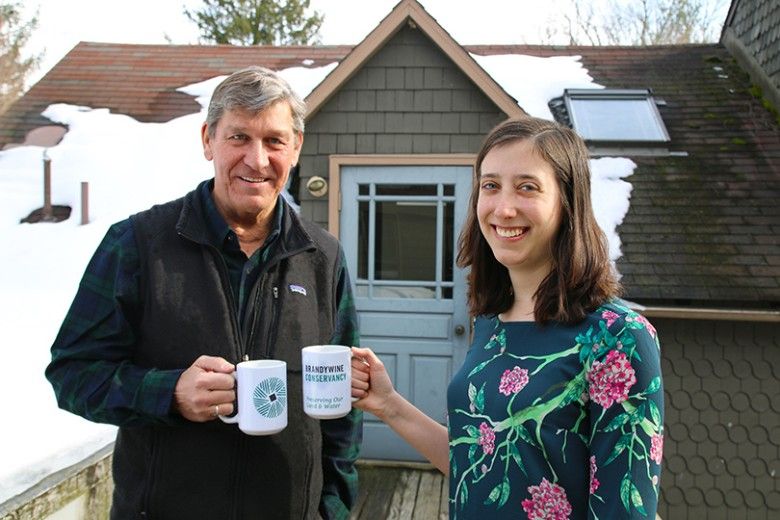Coffee with Conservationists: David Shields

Magnificent Landscapes Preserved Forever
As the youngest member of the Brandywine Conservancy staff, I find that the differences in perspective on the environmental and conservation fields generate some fascinating conversation.
Rather than keep our staff’s stories to myself, I created this blog series to share stories from my colleagues’ rich and meaningful careers. I hope that these stories will remind us all of how far we’ve come in conserving our land and water, inspire the next generation, and put a face to the people who work so hard to preserve the gorgeous vistas that make our region a wonderful place to call home.
In today’s inaugural version of the series, I spoke with one of the Conservancy’s longest-standing conservationists, David Shields. As Associate Director for Land Conservation, David oversees the acquisition of land and conservation easements, which means that he plans and writes the legal documents that protect our region’s aquatic, agricultural, and natural resources.
In his thirty-plus years working in conservation, David’s work now directly protects over 25,000 acres. For scale, this means that 25,000 football field-sized pieces of open space and natural resources are protected, thanks to David’s work over his career.
1. What place do you love?
I love right here in Chester County. I’ve spent the last thirty years here even though it’s not my home county, and I particularly like the whole Unionville-King Ranch area after having spent so much time there.
It’s all about the land. It’s just magnificent.
2. How did you get into conservation?
Well, as a little kid I always wanted to be a forest ranger. I grew up in a rural area so I had woods and fields and streams all around me where I grew up; I was always playing outside. I always fished and hunted, so I wanted to do something involving land. When I got to college, I decided to pursue a degree in Natural Resources to get me outside. That led me to land conservation when I got an internship with the Conservancy in 1980 and I’ve been at it ever since.
3. What conservation story is your favorite and makes you the most proud?
I have to admit that the King Ranch project makes me very proud. I got involved almost from the very start, and stuck with the project. We met and exceeded the goals, and it was a huge, huge success that I was proud to play a major role in achieving.



4. What is the most interesting part of your job?
I love seeing all the beautiful land and getting out on it, which I don’t get to do as much as I used to. It’s all about the land. It’s just magnificent.
5. How do you take your coffee?
Black, one sugar.
